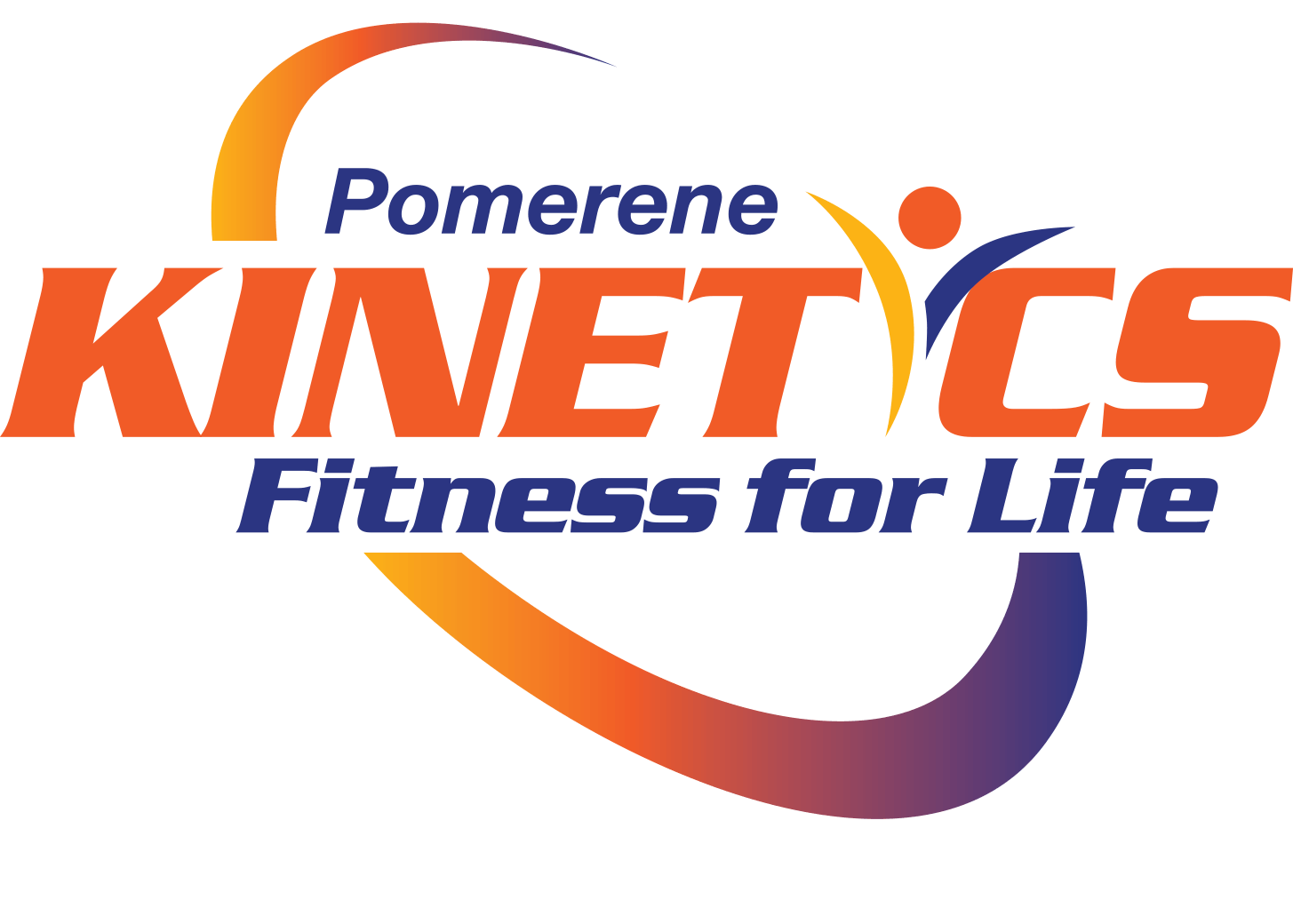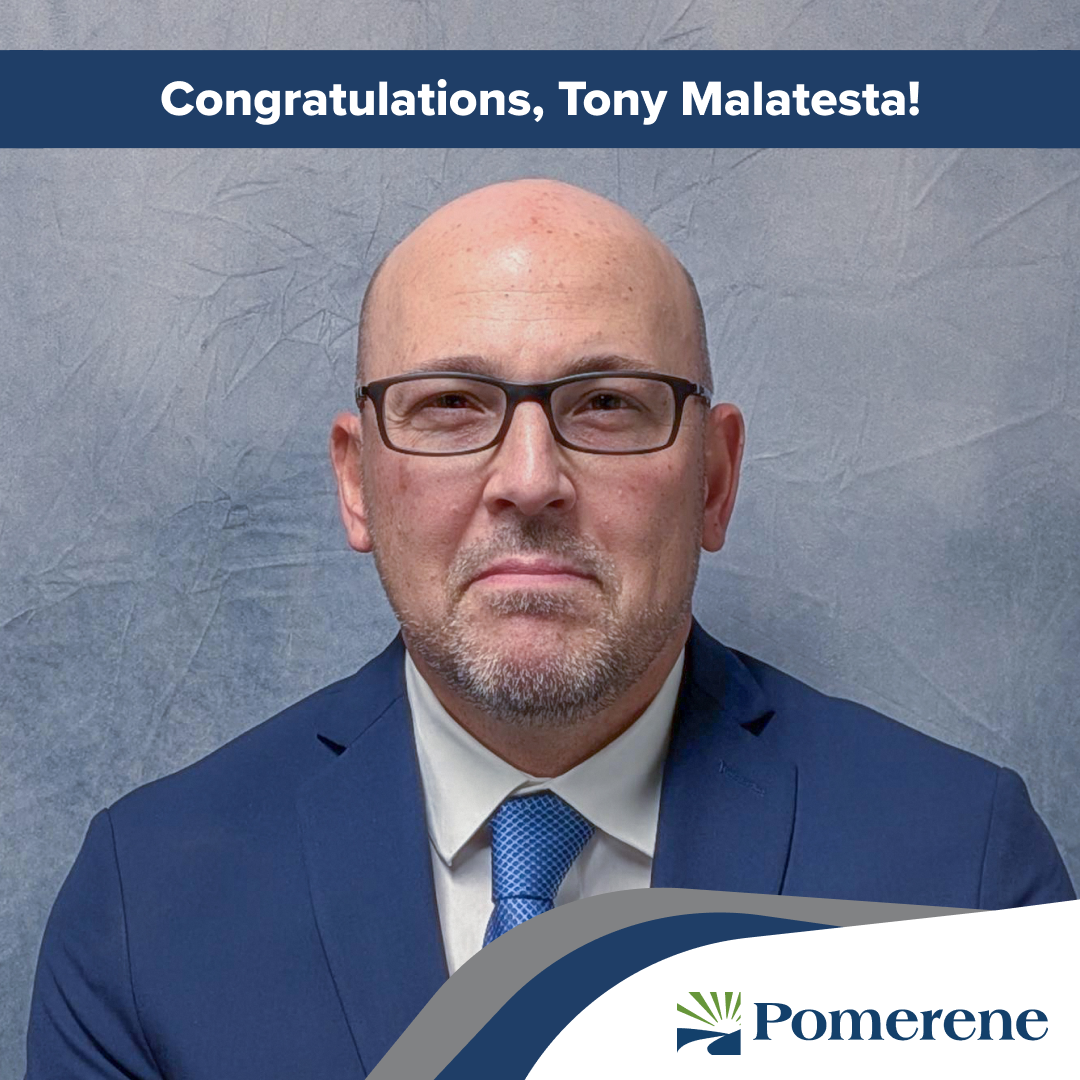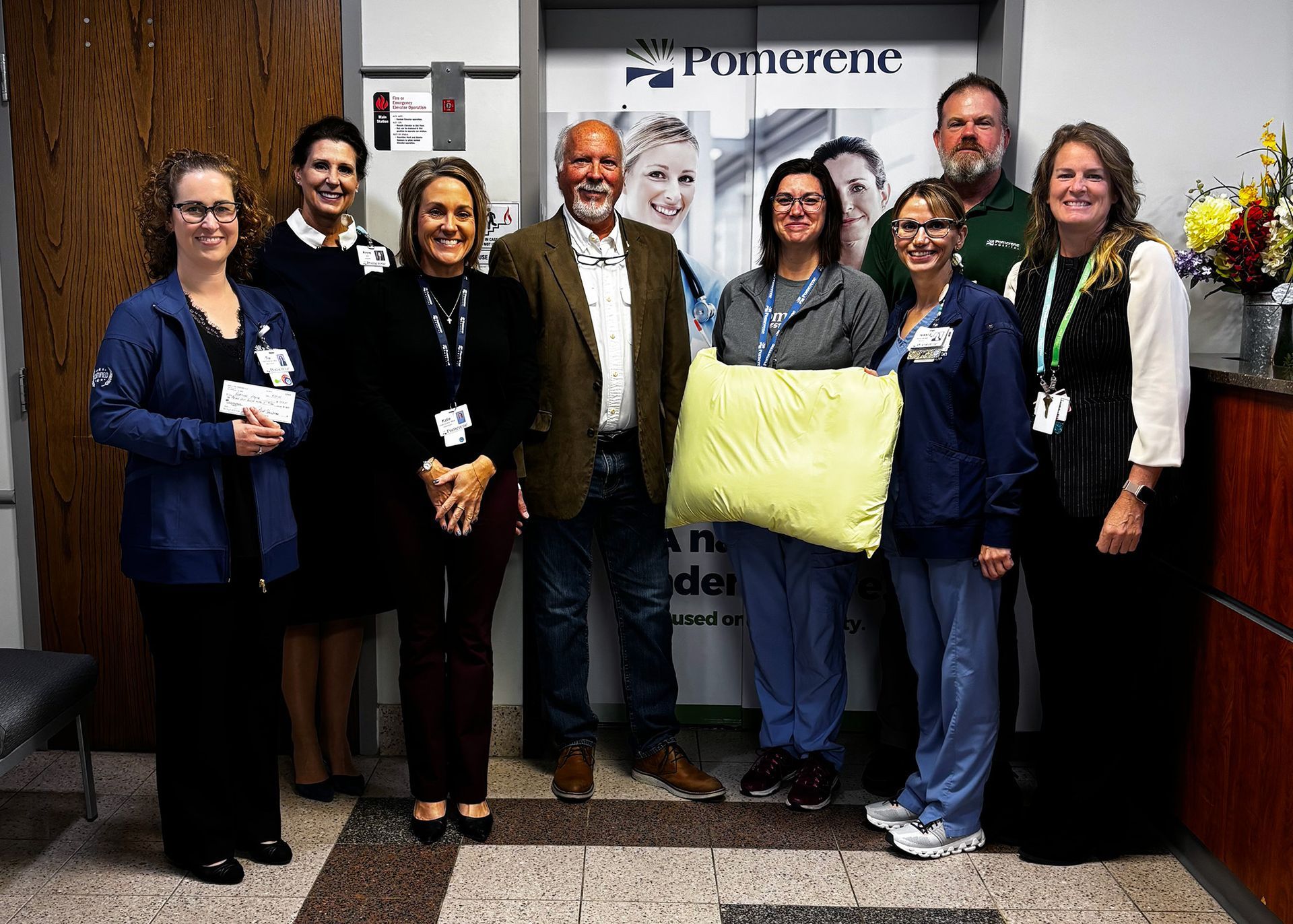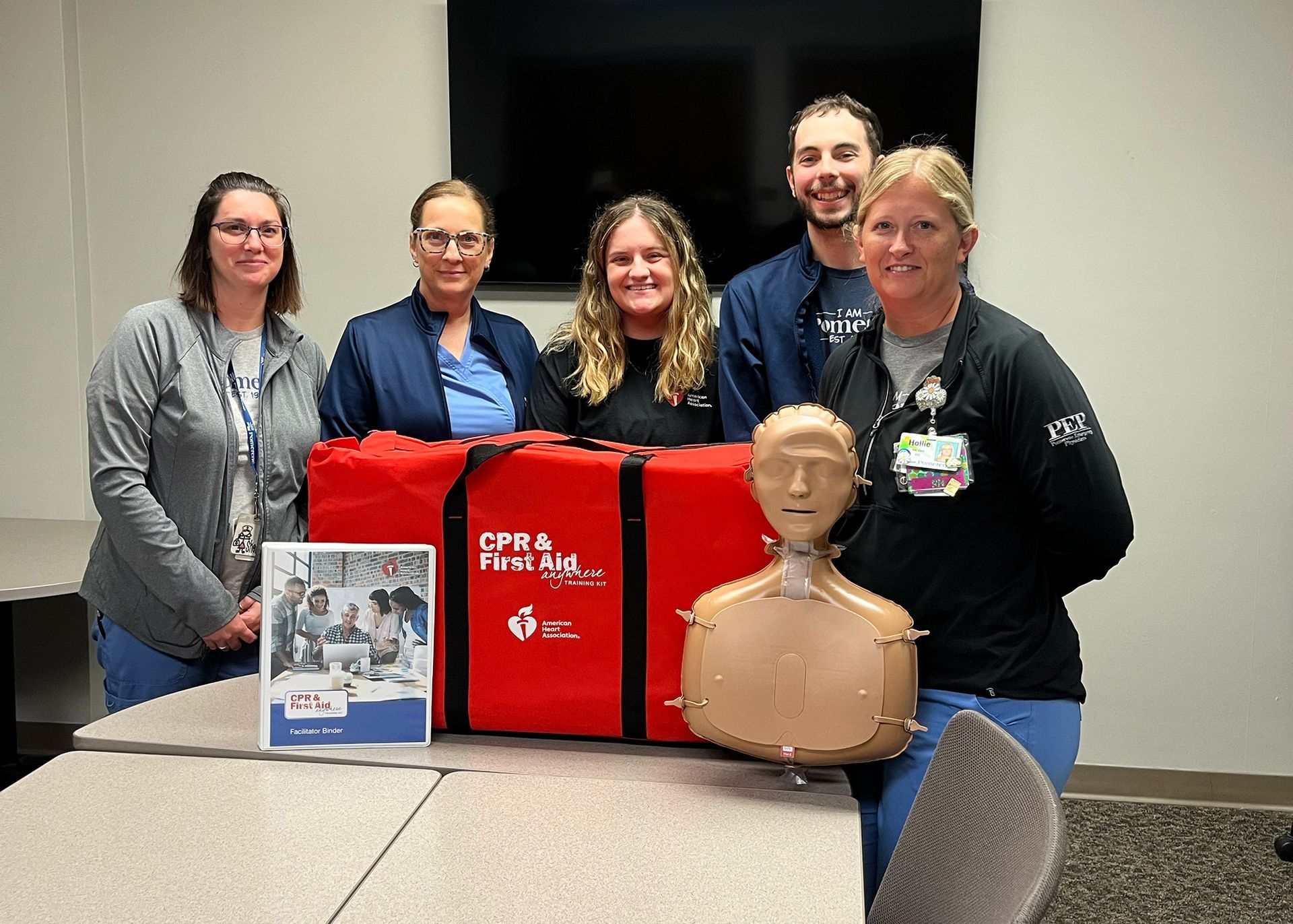Cook in Color
Pomerene Marketing • June 15, 2020
Cook in Color
Did you know that different cooking and baking methods of your fruits and vegetables can increase or decrease the amount of nutrients you get in your food? Below is some education and tips to try different cooking methods, without losing the benefits of your produce:
- Fresh- Fresh is best? Not always the case. In some forms of cooking it activates the nutrient to become more available when heated rather than eaten fresh. Though, many fruits and vegetables contain majority of vitamins and minerals in this state. Your water-soluble vitamins, B and C.
- Bake/Roast- A healthier version to frying because the oil or fats that you may add to the food do not replace the water in the food, therefore you are consuming less fat. Baking and roasting are basically the same thing, but used for different foods. Minimal vitamins and minerals are lost through this method.
- Braise- This combination cooking method of searing then slow cooking an item in a liquid on low heat is primarily used for meats but can be used for vegetables. Vitamins and minerals can leech into the liquid over the cooking period. Try to reuse the liquid in soups or other dishes to use those nutrients that were lost.
- Boil- Nutrients can be lost in the water, especially if salt is added. Primarily your water-soluble vitamins, B and C. Consuming or reusing the liquid is a great way to still consume those nutrients lost.
- Dehydration- A fan favorite for fruits primarily as an easy way to carry with you on-the-go. During the process, an acid such as citric acid or lemon juice, is added to limit the bacteria growth. The acid and drying process can both alter the nutrient content.
- Fry- Aim for air fried or pan fried compared to deep fry, so that less oil or fats are being transferred into the food, while still maintaining the crispy texture. High heats can alter fat soluble vitamins, A, D, E and K.
- Grill/Broil- Grilling and broiling are both dry heat methods that heat from the bottom (grill) or top (broiler). These heating methods can reduce water- and fat-soluble nutrients if droplets are lost during cooking. Side note, reducing the amount of smoke can reduce your risk of potentially harmful side effects.
- Microwave- A great method to heat your produce with minimal effects on nutrients. Microwave heats food by electromagnetic waves that cause the molecules within the food to vibrate or bounce, causing friction among the food, and therefore heating the food. Due to its short cooking time, much of the vitamins and minerals are maintained.
- Steam- A water-based method to cooking, using minimal water. Since it uses minimal water, majority of nutrients are maintained during process.
Jackie Genetin, RDN, LD

Effective December 1st 2025, Pomerene's visitation guidelines: At Pomerene Hospital, we believe healing happens best when patients feel supported by the people they love. That’s why we follow a patient- and family-centered approach to care. Pomerene has an open visitation policy , meaning family and loved ones are welcome 24 hours a day , based on the patient’s preference and consent . We encourage visitors to partner with us in creating a calm, comfortable, and healing environment for every patient.

On Sunday, October 5, several Pomerene employees and their family members marched in the 63rd Holmes County Antique Festival Grand Parade through historic downtown Millersburg. The Holmes County Antique Festival is more than a parade. Over its two-day run, the event offers antique markets, arts and crafts, live music, classic car shows, and family-friendly activities. At Pomerene, we believe that being part of our community means showing up, not just in healthcare, but in shared moments and local traditions. We’re proud to walk alongside our neighbors, celebrate our county’s heritage, and show our appreciation to our community. Thank you to every team member who joined us. You made our presence personal.








